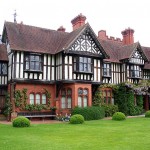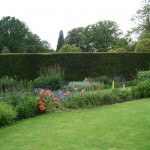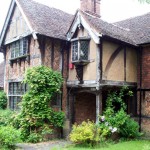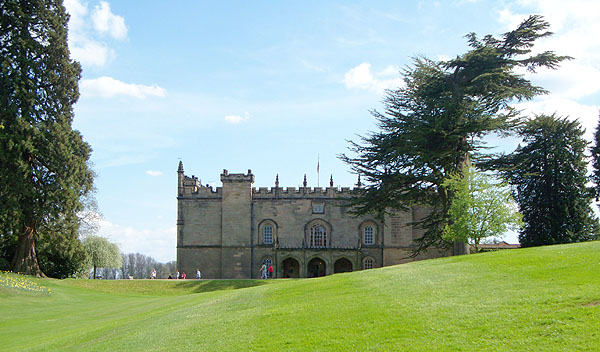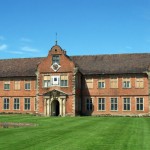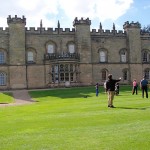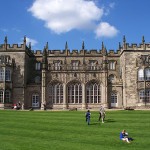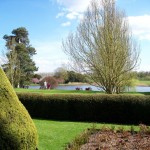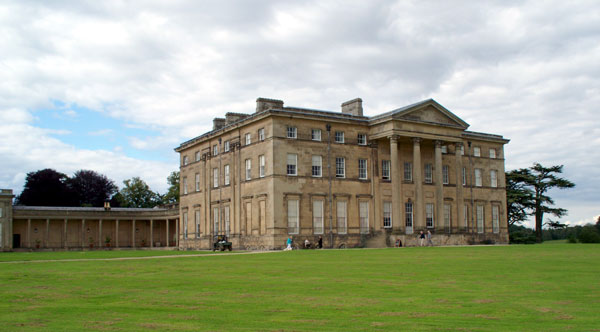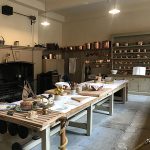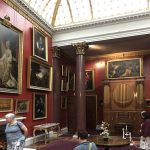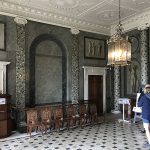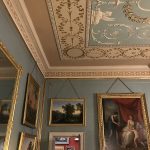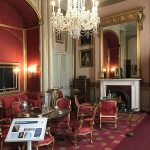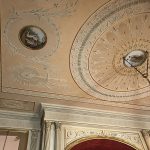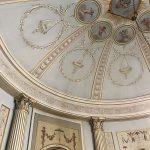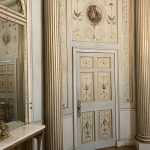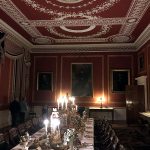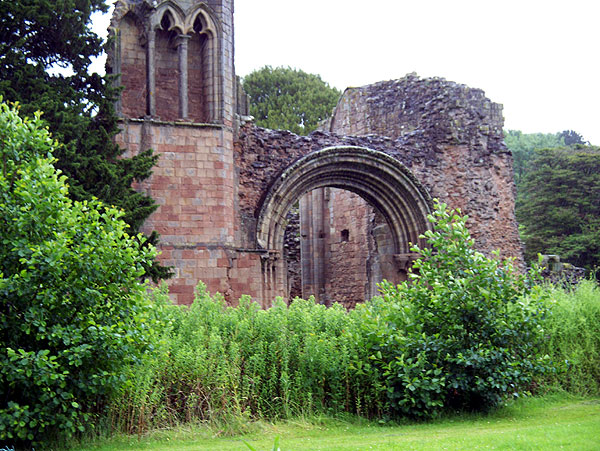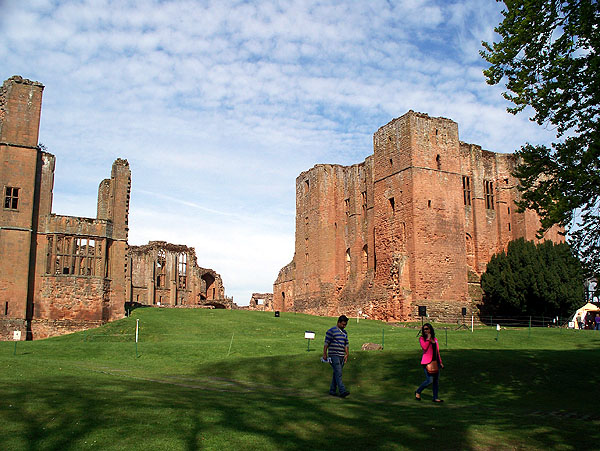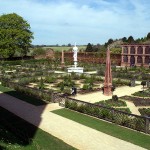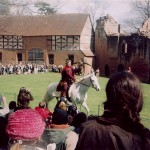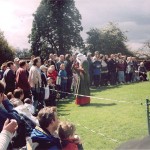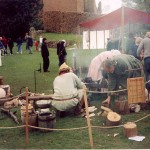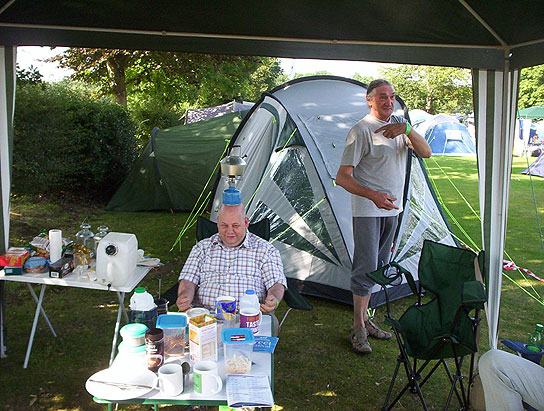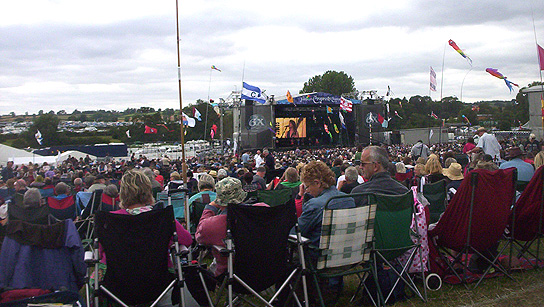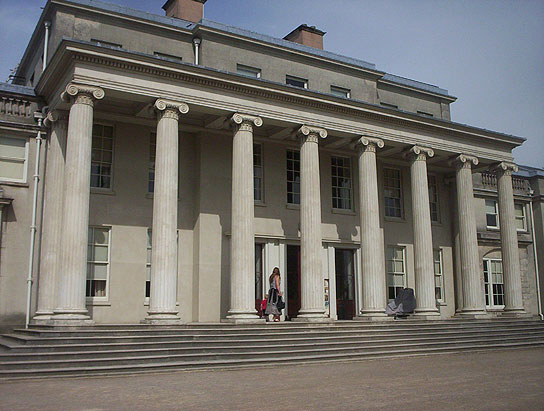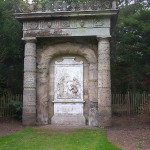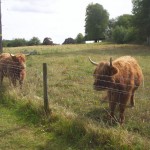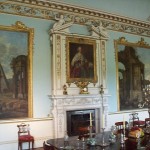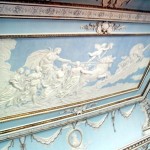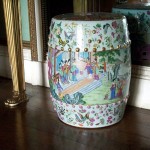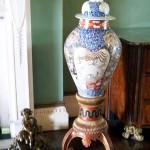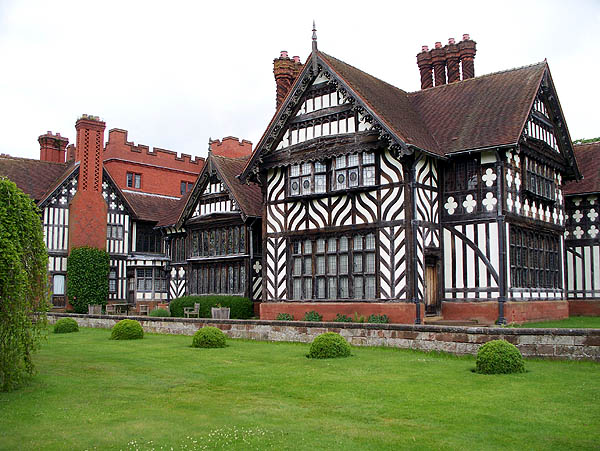
National Trust
Wightwick Manor is one of the finest surviving examples of a house furnished under the influence of the Victorian Arts and Crafts Movement. Thought built in the late nineteenth century, it is designed to look like a late medieval house, with its external black-and-white timbering and small-paned leaded windows. The eastern half, which was built later, is the more richly decorated, with stripes, swirls and quatrefoils, said to be in the style of Tudor buildings of the Welsh Marches.
Inside, the house has a more or less medieval-style interior, with all the latest 19th century conveniences. The contents, collected at various periods in the house’s history, include Pre-Raphaelite art and other collectibles from the Victorian period.
The formal gardens and grounds of 19 acres include two lakes, a vegetable garden and woodland.
Wightwick Manor (pronounced “Wittick”), inside and out, is a must-see for fans of Victorian art, design and architecture.
A few miles away I stumbled on the “Tudor House” at Histons Hill, Oaken, by the side of a busy road. It looks as if it has been crumbling there since the Tudor period, but in fact was built during the 20th century by the architect KH Smith, using timbers from several ancient buildings.
